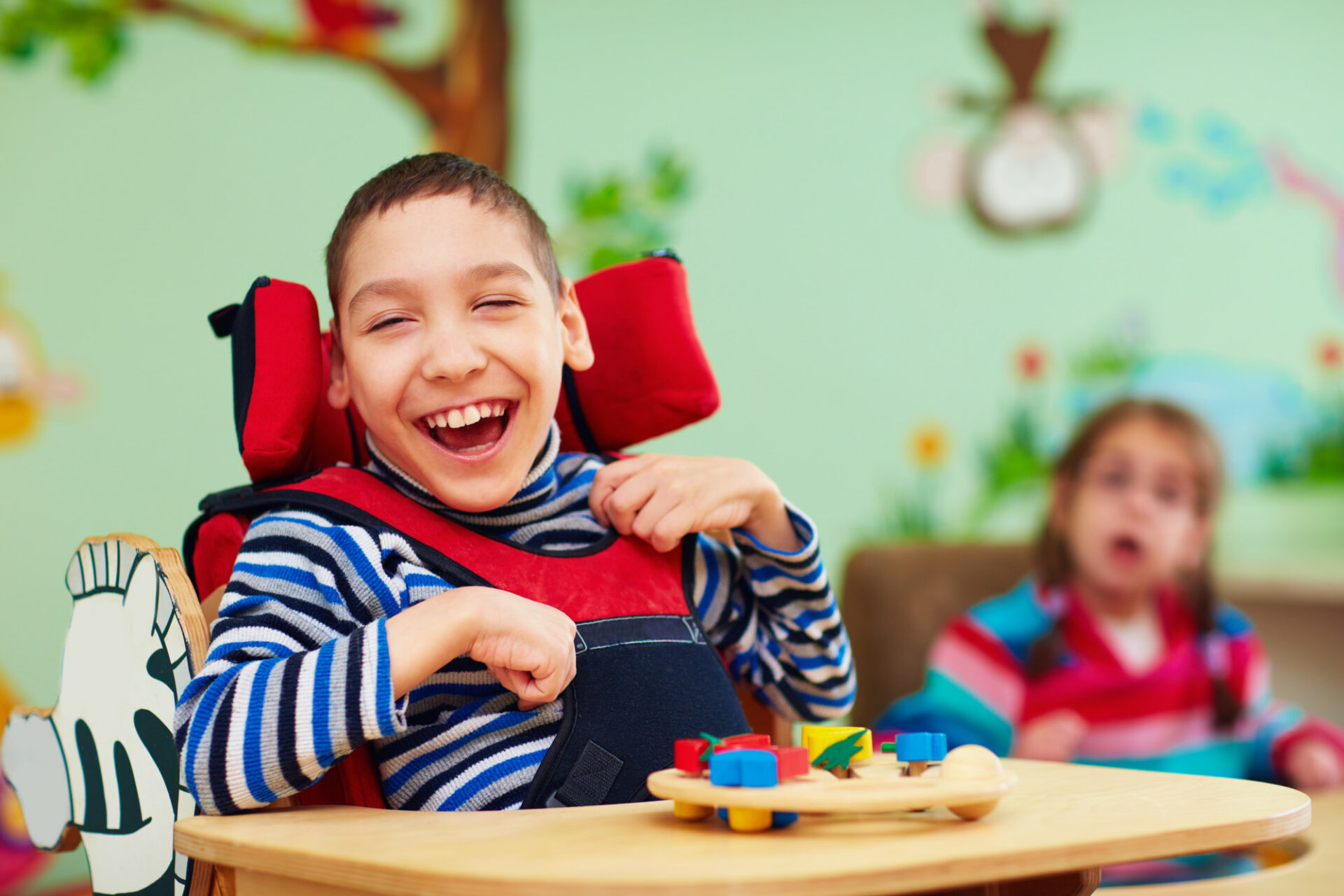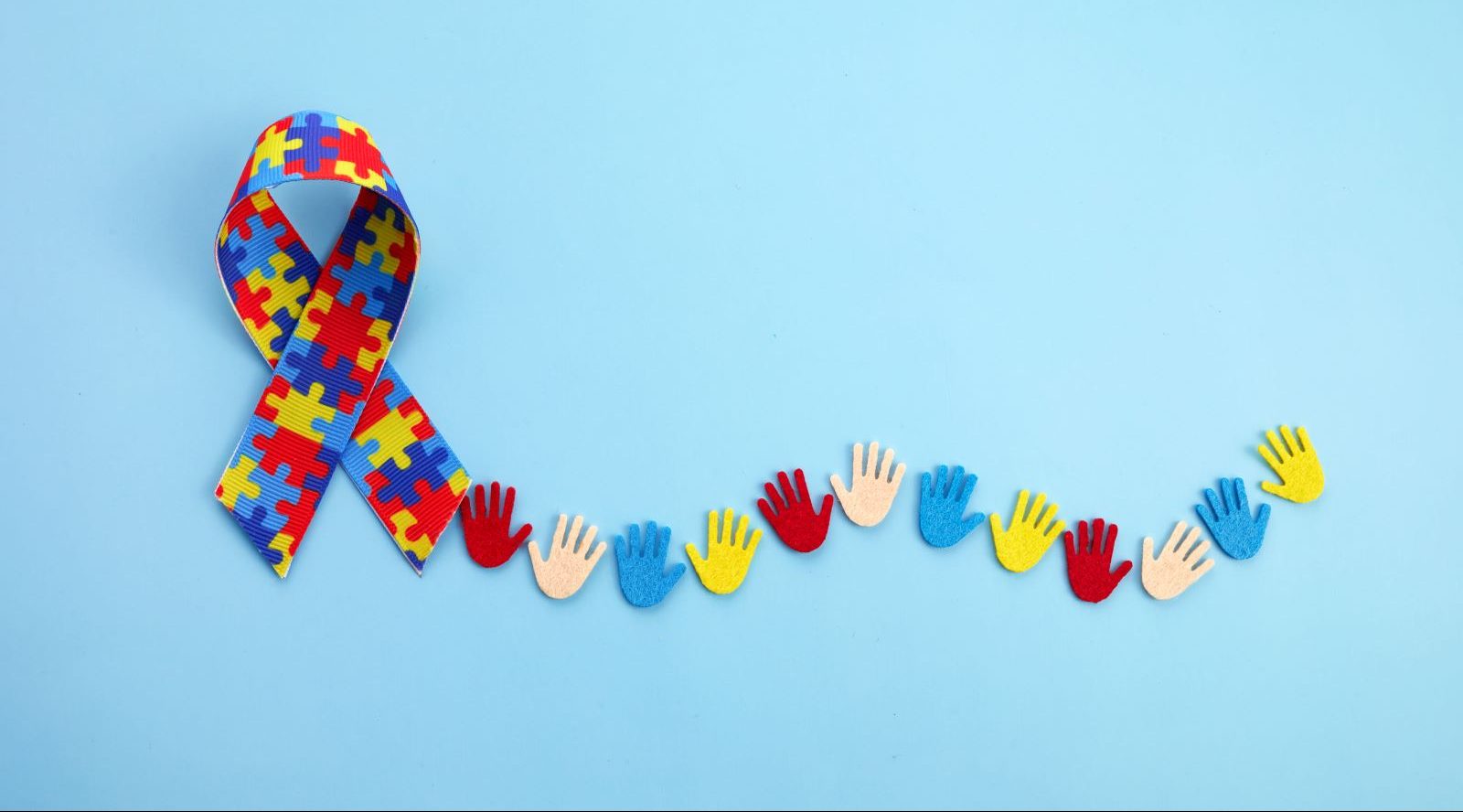Comprehending the Range: A Comprehensive Overview to Autism Understanding
Comprehending the Range: A Comprehensive Overview to Autism Understanding
Blog Article
Exploring Autism: Techniques for Efficient Interaction and Communication
Efficient communication and communication with individuals on the autism range require a comprehensive understanding of their unique requirements and choices. The details of these techniques expose further considerations that merit expedition, particularly in how they can be adapted to diverse contexts and private experiences.
Understanding Autism Spectrum Problem
Autism Spectrum Disorder (ASD) includes a series of neurodevelopmental conditions defined by challenges in social interaction, communication, and repeated behaviors. The term "range" reflects the diverse indications and varying degrees of intensity experienced by individuals with ASD. While some might exhibit considerable impairments, others might display high-functioning qualities, enabling higher freedom in life.
The beginning of ASD normally occurs in early youth, with indicators typically well-known by age 2. Early indications might consist of postponed speech growth, restricted eye call, and problems in understanding social hints. The precise etiology of ASD remains unclear, research recommends a mix of hereditary and ecological variables plays a vital function in its advancement.
As an outcome, treatments and assistance customized to individual requirements are essential for promoting communication and social skills. Recognizing the intricacy of ASD is vital for promoting understanding, approval, and efficient techniques that facilitate purposeful communications with people on the range.

Relevance of Clear Interaction
Efficient interaction is essential for fostering understanding and link, especially for individuals with Autism Range Problem (ASD) Clear communication not just helps with social communications but additionally improves the individual's ability to express their feelings, thoughts, and needs. For individuals with ASD, the subtleties of language can commonly be challenging; as a result, using simple and unambiguous language is vital.
Moreover, clear interaction assists minimize stress and anxiety that may develop from misconceptions. When messages are conveyed in a straight and regular manner, people with ASD are better furnished to translate info precisely, which can substantially enhance their social interaction and engagement in various settings.
Establishing routines and utilizing visual supports can even more boost clear communication. These methods offer individuals with predictable structures that assist understanding and retention of details. Furthermore, actively listening and being person throughout interactions promotes a helpful environment where people with ASD really feel valued and understood.
Inevitably, prioritizing clear interaction not only encourages individuals with ASD but likewise fosters more significant connections with their peers, caregivers, and the broader area, leading the method for inclusive communications and joint relationships. - autism
Non-Verbal Interaction Methods
Interaction expands beyond words, and for individuals with Autism Spectrum Problem (ASD), non-verbal cues play a substantial role in communications. Non-verbal communication strategies can include facial expressions, gestures, body language, and eye contact, all of which act as essential elements for conveying intentions and feelings.
Recognizing and translating these non-verbal signals can improve communications with people with ASD. A cozy smile or open position can produce a welcoming atmosphere, motivating involvement. Utilizing aesthetic help-- such as photo cards or signs-- can connect communication spaces and assist share messages more this content successfully.
It is also crucial to be mindful of individual room, as individuals with ASD might have different convenience degrees relating to distance. Observing their reactions to physical distance can inform suitable changes.

Developing Helpful Environments
Developing a supportive setting is vital for cultivating favorable communications and improving the well-being of individuals with Autism Spectrum Problem (ASD) Such environments can considerably decrease stress and anxiety and develop a feeling of security, allowing individuals to reveal themselves extra openly.
To accomplish this, it is vital to think about sensory sensitivities that people with ASD might experience. Customizing the physical area to include soft illumination, minimal history sound, and comfy seating can create a calming atmosphere. In addition, using regular regimens and clear aesthetic timetables can assist individuals anticipate changes and decrease uncertainty, more advertising comfort.
Social spaces must be structured to lessen frustrating stimulations while giving chances for engagement in recommended activities. Promoting locations assigned for peaceful time can likewise act as a refuge during minutes of tension. Significantly, including aspects of selection encourages individuals, enabling them to exercise firm in their setting.

Urging Social Interactions
Fostering social communications among people with Autism Spectrum Problem (ASD) calls for willful techniques that focus on convenience and involvement. Establishing predictable regimens can help in reducing stress and anxiety, making social setups more approachable. Producing structured settings with specified duties and duties allows individuals to engage without the frustrating pressure of disorganized social characteristics.
Including rate of interests and strengths into social activities can function as a stimulant for communication. Arranging group activities around shared leisure activities or subjects of fascination can assist in all-natural discussions and links. Furthermore, utilizing visual assistances, such as social scripts or photographic schedules, can assist in comprehending social hints and assumptions.
Designing appropriate social habits is crucial - my response autism. Adults and peers need to show effective communication techniques, consisting of active listening and turn-taking. Role-playing scenarios can likewise supply a safe space for people to practice these abilities
Lastly, fostering peer relationships via inclusive read this post here techniques is important. Motivating inclusive playdates or team outings can develop opportunities for socializing in a comfortable setting. By implementing these caretakers, teachers and techniques can substantially improve social interactions for people with ASD, promoting their general social development and health.
Final Thought
In final thought, effective interaction and communication approaches are crucial for supporting individuals with Autism Spectrum Problem. Emphasizing clear language, incorporating non-verbal cues, and establishing predictable regimens significantly enhance engagement and reduce anxiousness. Creating helpful settings fosters risk-free social communications, while encouraging shared rate of interests facilitates significant links. Inevitably, these strategies equip people with autism to browse social landscapes, promoting their overall wellness and making it possible for the growth of long lasting connections.
Reliable interaction and communication with people on the autism range demand a thorough understanding of their unique needs and preferences. Clear interaction not just promotes social communications yet additionally enhances the person's capacity to share their feelings, thoughts, and needs.Fostering social interactions among people with Autism Range Condition (ASD) requires intentional strategies that focus on convenience and interaction. By carrying out these strategies, instructors and caretakers can dramatically improve social interactions for people with ASD, advertising their general social development and health.
In final thought, effective interaction and communication techniques are essential for sustaining individuals with Autism Range Condition.
Report this page